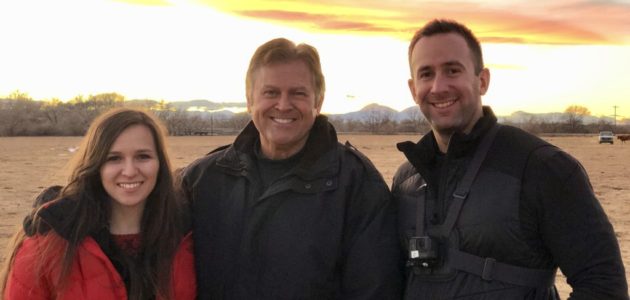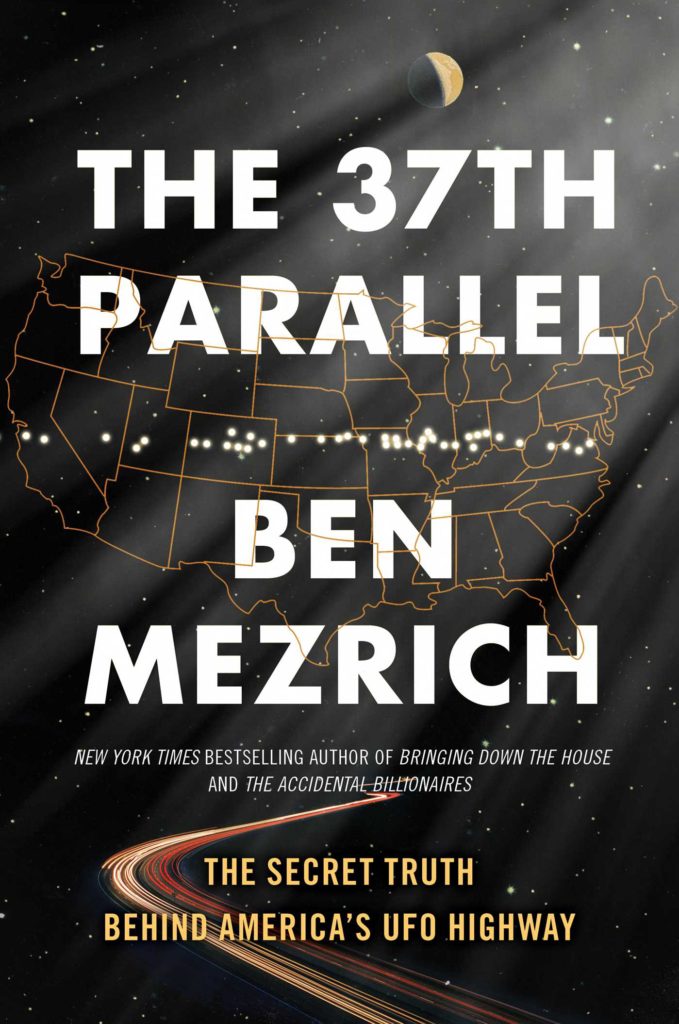Leprechauns, Menehunes and Tommyknockers.
Leprechauns, Menehunes, and Tommyknockers, what do they all have in common?
Leprechauns:
The Leprechaun derives from Irish folklore and are known throughout the world. Even today in Ireland there are Leprechaun sightings, and some don’t believe it to be a myth.
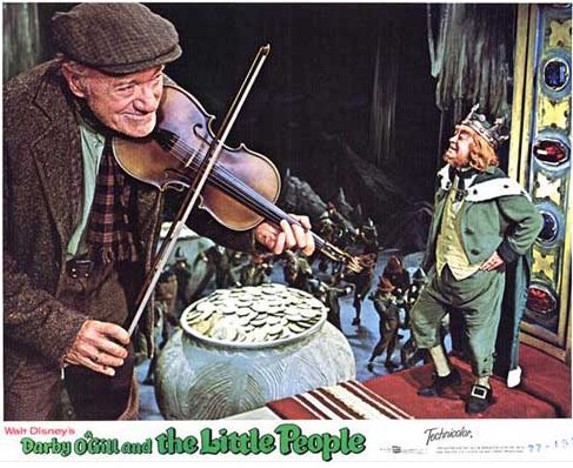
Leprechaun origin:
The Leprechaun is part of Faerie folk, also known as “wee folk” or the “little people”. The “Tuatha De’ Danann” people, decedents of the Neimheadh people, about 2 feet tall, were led by King Nuada. With a fleet of 300 or more ships, they settled in Ireland long before the arrival of the Celts. The Tuatha De’ Danann people migrated from the other-world and are considered quick-witted, highly intelligent, and can live for hundreds of years. Some historians believe the Leprechaun’s to be the true natives of Ireland.
Leprechauns live in underground caves in the rural countryside, with entrances sometimes hidden as rabbit holes. With the love for music and dance and expert musicians, they’re considered to be Ireland’s number one partiers.
In 1989 Carlingford resident and pub owner, P.J. O’Hare was working in his garden at home when he heard a high pitched scream coming from nearby Slieve Foy Mountain. After investigating the location of the scream, he came upon a well known cavern to him on the side of the mountain. When he entered the cavern he found a small section of burned earth that contained tiny charred human bones surrounded by a green suit and hat. Inside the pockets of the green suit were four gold coins.
Shocked and amazed, he ran down the mountain to his pub telling the story of the find. A local amateur historian and researcher, Kevin Woods, heard his story and followed him back to the cavern. Mr. Woods was startled when he also saw the charred bones and suit. Guessing it was a Leprehan and not knowing why one died in such a manner, scared and confused, they gathered the items and took them back to O’Hare’s pub for display.
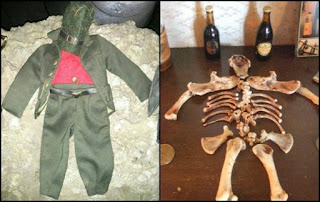
Carlingford, Ireland. Photo courtesy, creativehistorystories.blogspot.com
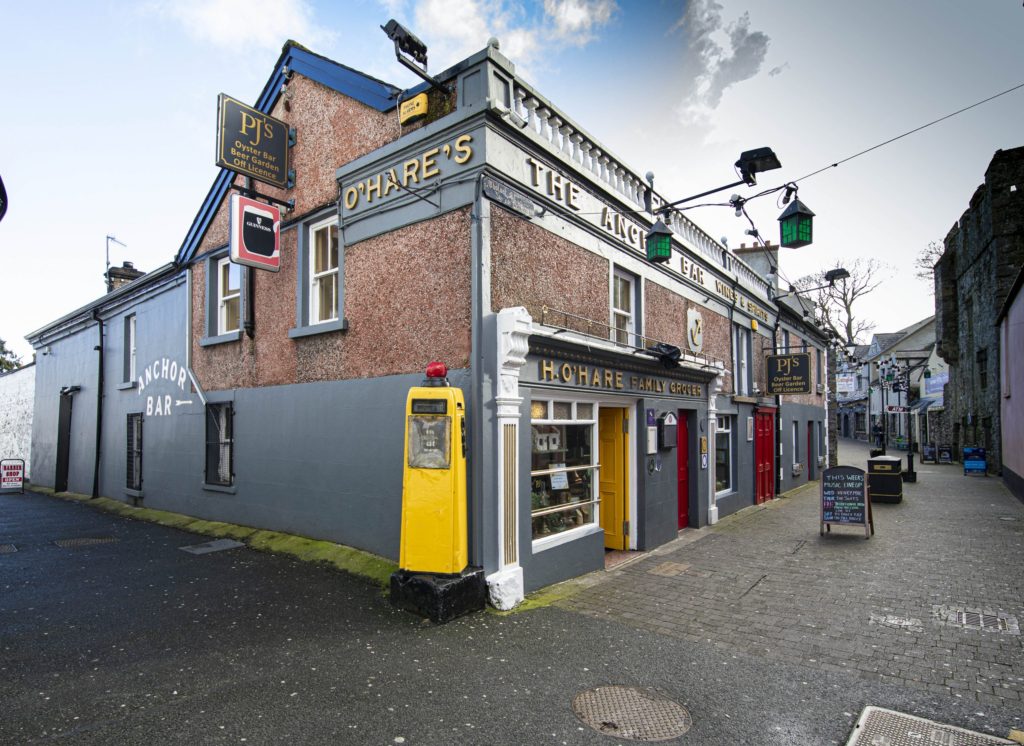
Of course the Carlingford residents were divided over what the two men had found and some said it was nothing more than a hoax they created. Yet, back in 1989 the very first Leprechaun hunt was organized. After months of searching, the Leprechaun hunters didn’t find any evidence of the existence of the wee people.
Since then over the years, some people have reported to have heard high pitched singing coming from the peaks of Slieve Foy mountain where it is believed some of the Leprechauns still remain.
In 2002 researcher Kevin Woods made another discovery near a stone wall on a pathway outside of Carlingford, where he found a small bag of gold coins. Local skeptics were quick to say Kevin planted the coins there looking for publicity but also wondered how he acquired solid gold coins of early medieval origin.
Kevin Woods became known as “The Leprechaun Whisperer” of Ireland and claims he can communicate with the remaining 200 plus Leprechauns in that region through an entity called, “Carraig” who is a Leprechaun elder.
Because of the possibility of the existence of the remaining Leprechauns in this area, in 2009, Leprechauns became protected under the, European Habitats Directive. Signs like this one can be seen near Carlingford and every year on the second Sunday in May, there exists the, Carlingford National Leprechaun Hunt.
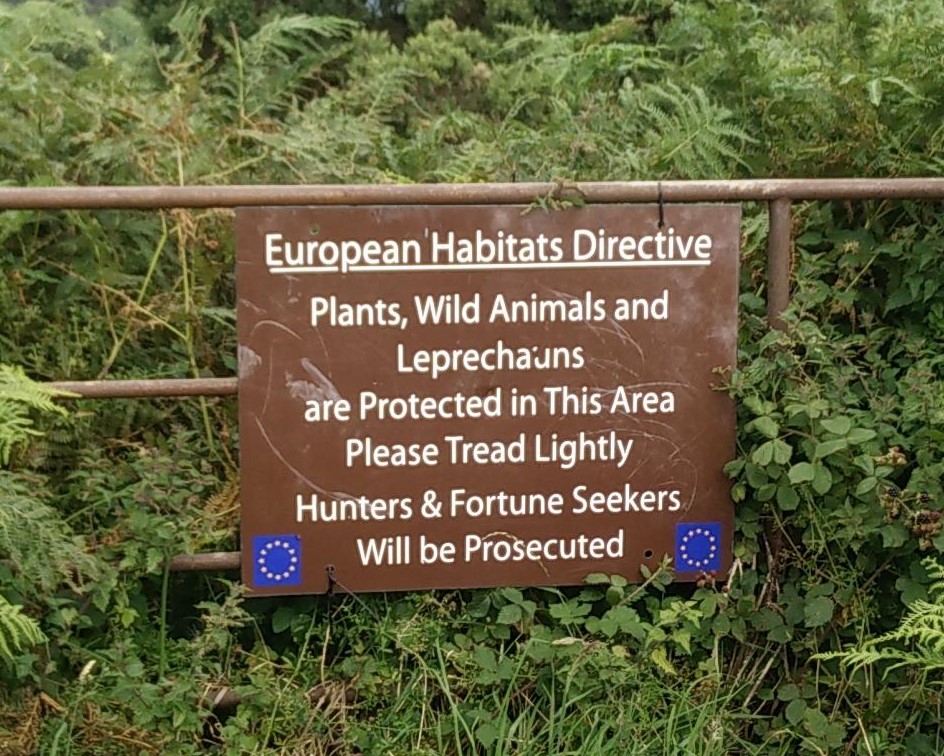
Since the Leprechauns are protected in this area, if you ever come across one, remember, you can look, but don’t touch! And if you ever visit Dublin, don’t forget to stop by the National Leprechaun Museum on Jervis Street. I’ll be going there later this year. Can’t wait!
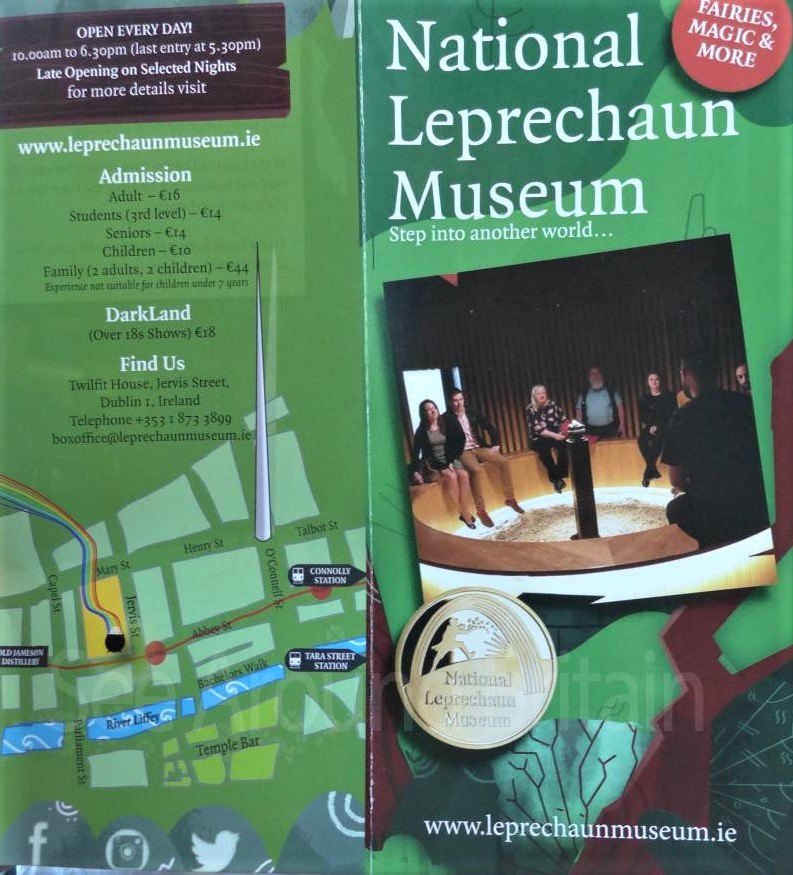
Menehune:
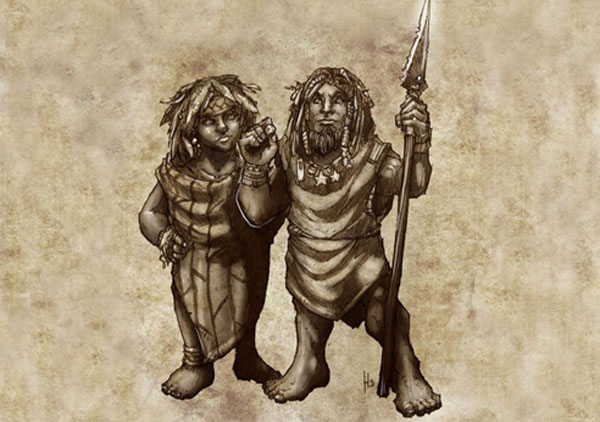
Hawaiian folklore talks about a very small unusual mischievous type of people who were about 2 feet tall known as, Menehune. Legend says centuries ago, the Menehune lived on the islands in the valleys and forests long before the first settlers arrived from Polynesia.
The legend of the Menehune is as old as the beginning of time when the Polynesians started occupying the islands about 1500 years ago. Back then, the Polynesians were sea travelers, (aka Moana) first arrived to the Hawaiian islands and found finely engineered dams, roads, fish-ponds, canoes and houses all through the different islands. These advanced structures mystified the sea travelers and they realized the islands they discovered had already been occupied by someone else. When looking at these structures, the Polynesians realized, not only were the people who built these structures master craftsmen, but the structures themselves appeared to accommodate a much smaller group of people, too small in size for the average Polynesian traveler at that time.
According to the Polynesian stories, these little people, the Menehune, would hide in the shadows and watch the new occupants. From time to time, the Menehune helped the new comers survive by building roads, canoes and houses. Legend goes, there was specialized groups within the Menehune people that were masters of a specific craft, if a structure associated with that particular craft needed to be built, those craftsman would set out at dusk and build that structure within one night. If for some reason the Menehune building the structure were discovered by any human, they would just abandon the project.
Certain structures believed to have been built by the Menehune, still exist today. Kikiaola, also known as the Menehune Ditch, is a structure that funnels water from the Waimea River on Kauai for irrigation.
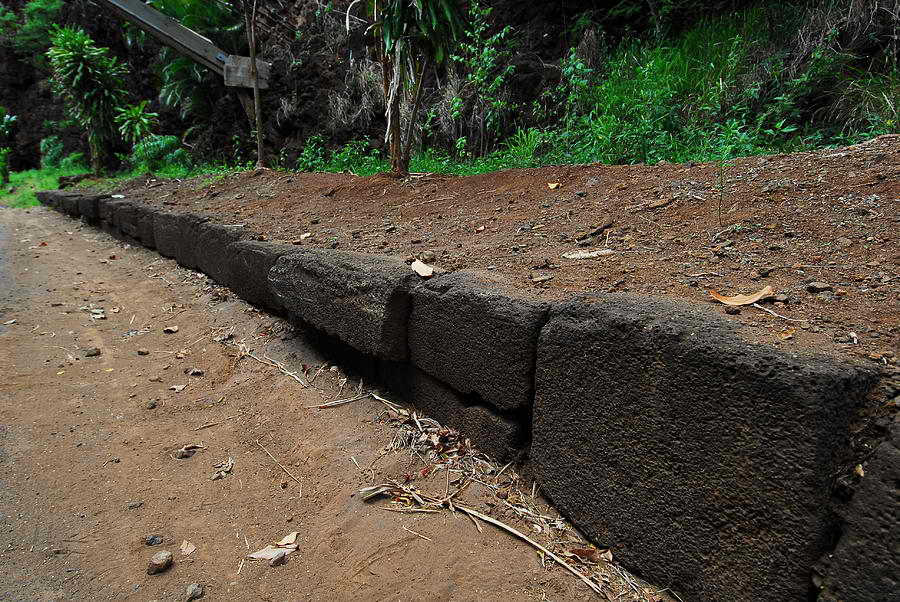
Picture courtesy, onlyinhawaii.org/
Another structure is the Alekoko Fishpond on Kauai. This fish pond is used for harvesting food, archeologists estimate it to be around 1,000 years old. The craftsmanship of the fish pond is far more advanced than the Polynesians structures of that time period.
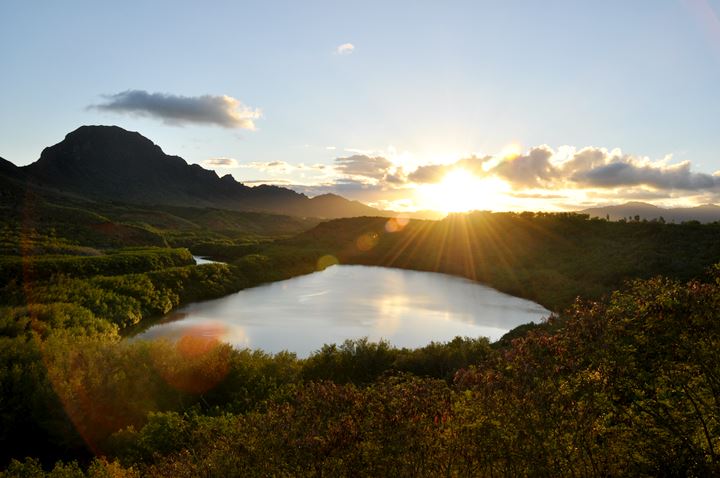
Picture courtesy, Kauai.com
When the Tahitian invasion happened around 1100 AD, the earlier Polynesian people settled on other islands, and the Menehune people, fled to the mountains.
Today Menehune sightings still occur throughout the islands. When my wife and I were on the big island of Hawaii in 2021, I heard about a Menehune sighting from a local who lives in Hilo. He told me where the general area of the sighting was.
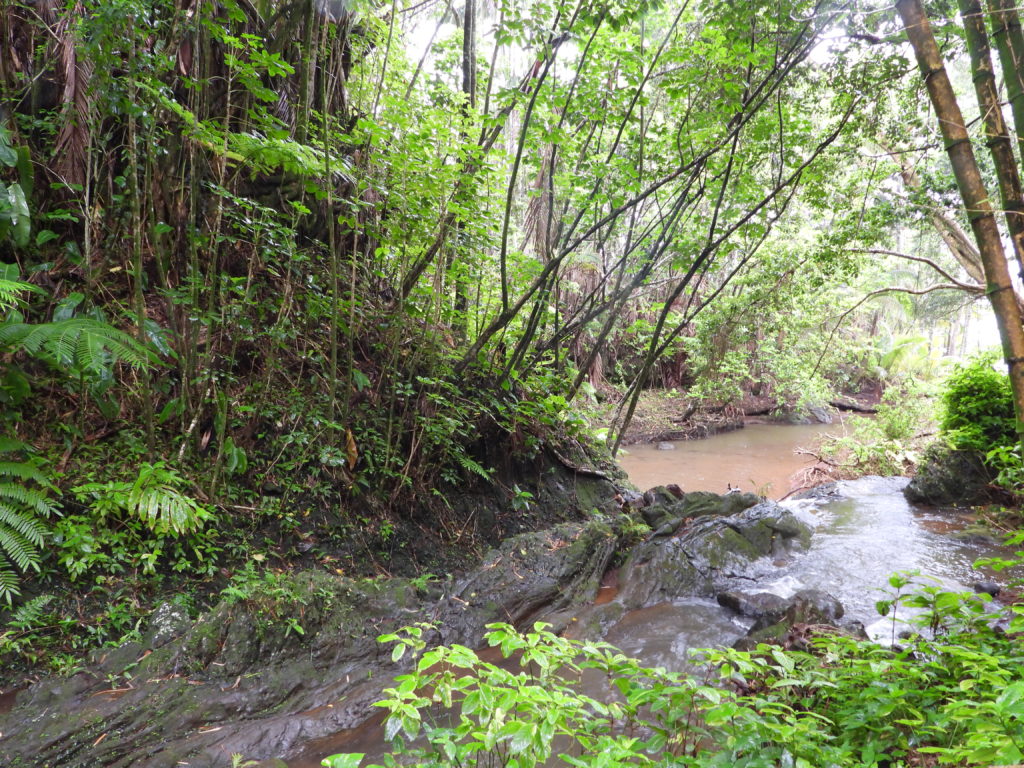
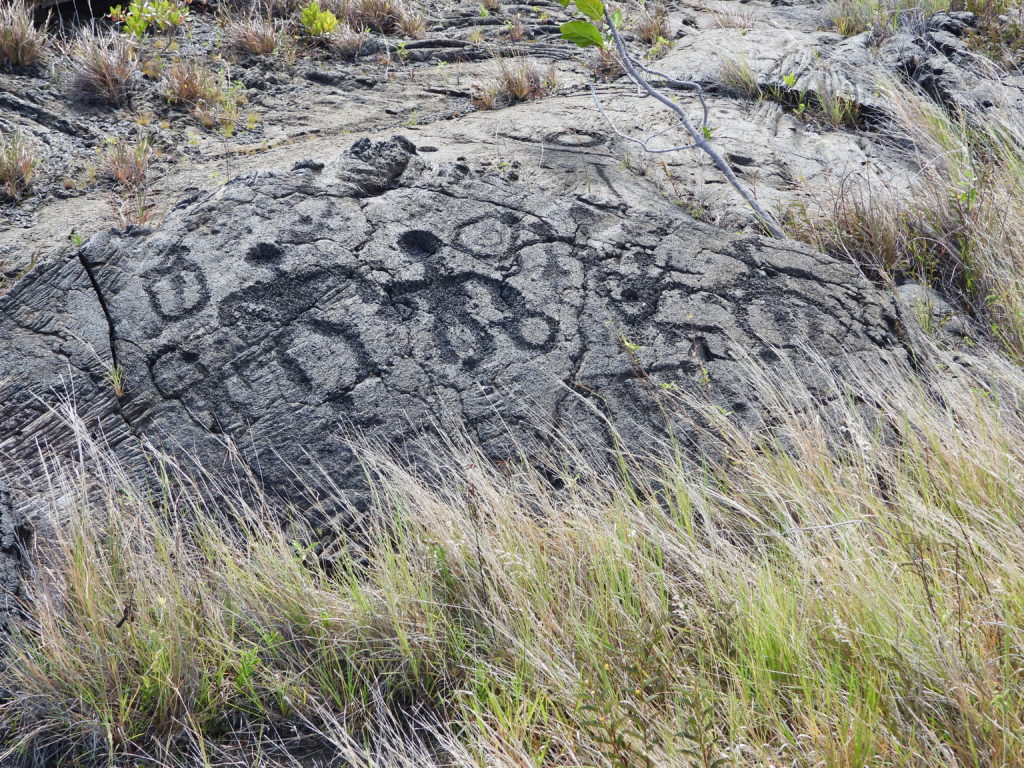
Tommyknockers:
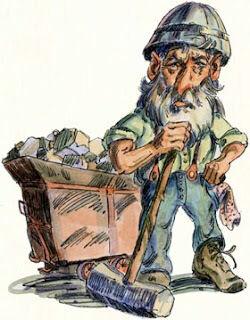
The Knocker, Knacker, or Tommyknocker is a mythical subterranean elf-like person whose history has been passed down from Cornish and Devon folklore far back as the 11th and 12th century. The “Knocker” stands around 2 feet tall with a head a little larger proportionally to their body when compared to an average person’s head size to their body. The Knocker is usually depicted as a wrinkled skin man with long gray hair and beard, wearing standard miner’s apparel, but some stories speak of younger looking ones with different types of apparel. The Knocker is very mischievous like a Leprechaun, and will sometimes steal the miner’s food, tools, or even blow out the miner’s candles. But the one thing the miners always liked about the Tommyknockers was, if there was a chance of a looming mine collapse, the miners would start hearing knocks, and that was their cue to evacuate the mine. Over time the miners greatly respected the Tommyknockers.
The Cornish miners out of Cornwall, England, which city pre-dates Roman times, began mining in the early Bronze Age, about 2150 BC. Around the 18th Century, Cornwall was the mining center of the world, famous for its many different base metal productions. The Cornish miners believed the Knockers would help them find veins of ore like, Tin, Copper, and Zinc, by sometimes leaving a trail of stolen food or tools to the vein. If a vein was found, then miners would start throwing the last bite of their deserts into the depths of the mine for the Knockers, as a form of gratitude.
The Knockers became so important to the miners, that some miners would refuse to enter the mine unless the mining company assured there were Knockers on duty to protect them. The practice of saying, “Tommyknockers were on duty”, became a regular saying among mine owners.
The Tommyknocker legend migrated to the U.S. around the early 1800’s, when their stories were brought over by Welsh and Cornish immigrants. Mining companies would instantly hire the Cornish immigrants due to their world renowned expertise in mining but would first have to convince them, Tommyknockers were present. When a mine would close and the mining company would hand out final paychecks to the miners and some type of notice of completion, the same type of notice would be left in the mine for the Tommyknockers, so they knew the mine was closing.
Today the legend still lives on not only here in the US, but in mines all over the world. In 2011, I actually picked up a faint Tommyknocker “knock” while shooting a teaser-reel pilot for a TV show at the Phoenix Gold mine, in Idaho Springs, Colorado. I also picked up a clear EVP (electronic voice phenomenon) possibly from someone who had died due to a collapse in a section of that mine. The evidence I got landed me an appearance on Ghost Adventures. I was the person who initially introduced Tommyknockers to the Ghost Adventures team.
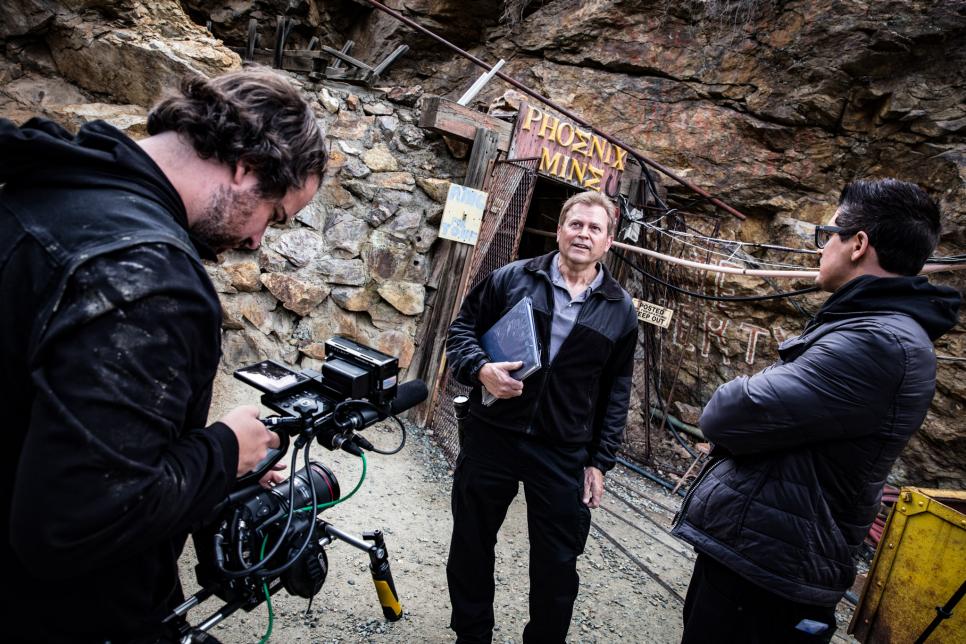
Ghost Adventures episode: Colorado Gold Mine.
Photo courtesy, Travel Channel.
Leprechauns, Menehune’s, and Tommy Knockers, what do they all have in common?
1. Size. All three average about 2 feet tall.
2. Locations. All three come out of mountains, caves or mines.
3. Culture. All three have been imbedded within our social culture for centuries.
4. Sightings: There are still sighting reports.
So what do we have? The same type of paranormal-type humanoid who has been seen for centuries in different parts of the world. Did they all migrate from one place on this planet just like the humans did? And what is their actual purpose?
1. To work with humans?
2. To just co-exist with humans?
3. Or do they have their own agenda, and sometimes we get in the way?
Also, all three similar-type beings have had negative run-ins with humans.
Leprechaun tales speak of one evil Leprechaun who wreaked havoc all along the country side with his hot temper and spiteful trickery. Some say Leprechauns are even decedents from evil spirits, others say if you fail to please one, they may just kill you.
Menehune folklore speak of the Alakoko Fishpond incident in which it says the little people built the rock around the fishpond for a royal prince and princess. They made only one demand, no one could watch them working. Well, the prince and princess grew curious, hid nearby and watched them. The next day neither could be located, and their bodies were never found. Legend says the Menehune turned the royal pair into two stone pillars that you can still see on the mountain today, overlooking the pond.
Some Tommyknockers stories indicate that when they were bad, they were really bad. They would bring about misery, injury, and even death to those who made fun of them or doubted their existence.
It appears all three types of these very small people (Beings?) may not be so bad unless you cross them. There’s even a Native American Cherokee legend of little people. Their story states the little people were about knee-high, and handsome with long dark hair. Even though the Little People would do good deeds for the Cherokee people from time to time, if you happen to cross one or look negative upon one, it may result in a premature death.
Another Native American tribe, the Mohegan people, speaks of the, “Makiawisug” or, “the little people”. Very similar to the Cherokee Little People stories, the Makiawisugs were also about knee-high and would also help the Mohegan people, but would also be very dangerous if you crossed them.
There are many Native American stories of Little People seen all throughout North America. The Little People lived in the woods, or the hills, or in mountains and also near large bodies of water like the, Great Lakes.
The North American Native Americans speak of the Little People as, Protectors of the Earth. It appears all three, Leprechauns, Menehunes, and Tommyknockers, fall into that category. Are they all the same species?
Throughout many centuries there have been encounters with different types of strange little people. Some say they’re magical, and some say they’re mythical, but regardless of what people say, there still appears to be sightings today.
So remember, if you happen to see a wee little person, anywhere in the world, be very nice to them, be very respectful and, try not to piss them off, or you just may end up missing!
Note: On an average, 1600 people go missing without a trace every year in National Parks across the USA.
My blog video about the 2011 Teaser reel for a TV pilot:
Blog info links:
Leprechaun info links:
. National Leprechaun Museum in Dublin, Ireland.
https://www.leprechaunmuseum.ie/
. Your Irish Culture
https://www.yourirish.com/folklore/legend-of-leprechauns
. The Irish Post
https://www.irishpost.com/news/leprechaun-myth-exposed-165245
. Creativehistorystories.blogspot.com
https://creativehistorystories.blogspot.com/2021/03/irelands-last-leprechauns-bizarre-story.html
. P.J. O’Hare Pub in Carlingfor, Ireland.
https://pjoharescarlingford.ie/
Menehune info links:
. Ancient-origins.net
https://www.ancient-origins.net/myths-legends/menehune-hawaii-ancient-race-or-fictional-fairytale-001741
. To-hawaii.com
https://www.to-hawaii.com/legends/menehune.php
. only-in-hawaii
https://onlyinhawaii.org/menehune-ditch-kauai-hawaii/
. kauai.com
https://www.kauai.com/menehune-fishpond
Tommyknocker info links:
. wikipedia Knocker
https://en.wikipedia.org/wiki/Knocker_(folklore)#:~:text=The%20Knocker%2C%20Knacker%2C%20or%20Tommyknocker,the%20English%20and%20Scottish%20brownie.
. www.northcentralpa.com
https://www.northcentralpa.com/community/tommy-knockers-and-the-coal-mines-a-pa-legend/article_a6f84712-d725-11ea-ba4d-af28da663df3.html
.. appalachianhistory.net
https://www.appalachianhistory.net/2020/10/tommy-knockers-mine-ghosts.html
Category: The Z-Files






